There's not only new spindle whorls in the shop, there's also new wool - from a rare sheep breed.
The Manx Loaghan sheep is a small, hardy breed that can be found on the Isle of Man. The sheep are a four-horned breed; some of them even have six horns. You can read a bit more about it on the Wikipedia page, with links there for more.
It's mostly kept for its meat, but the wool is also really beautiful: a warm, brown colour that reminds me of honeydew or chestnut honey.
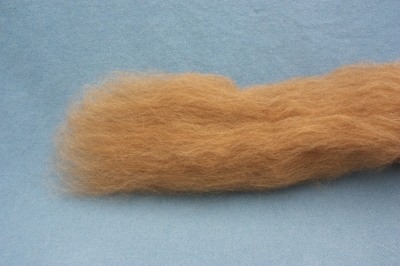
The wool arrived just in time to make it into the shop in time for the March newsletter... which will go out tomorrow in the English version, and has been sent already in the German version. Hooray!
The Manx Loaghan sheep is a small, hardy breed that can be found on the Isle of Man. The sheep are a four-horned breed; some of them even have six horns. You can read a bit more about it on the Wikipedia page, with links there for more.
It's mostly kept for its meat, but the wool is also really beautiful: a warm, brown colour that reminds me of honeydew or chestnut honey.

The wool arrived just in time to make it into the shop in time for the March newsletter... which will go out tomorrow in the English version, and has been sent already in the German version. Hooray!




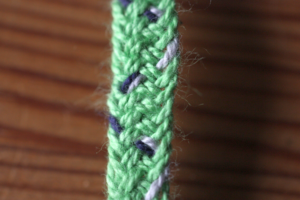
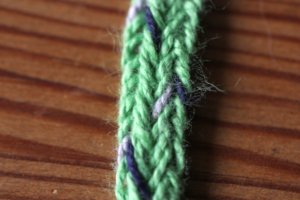
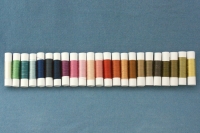
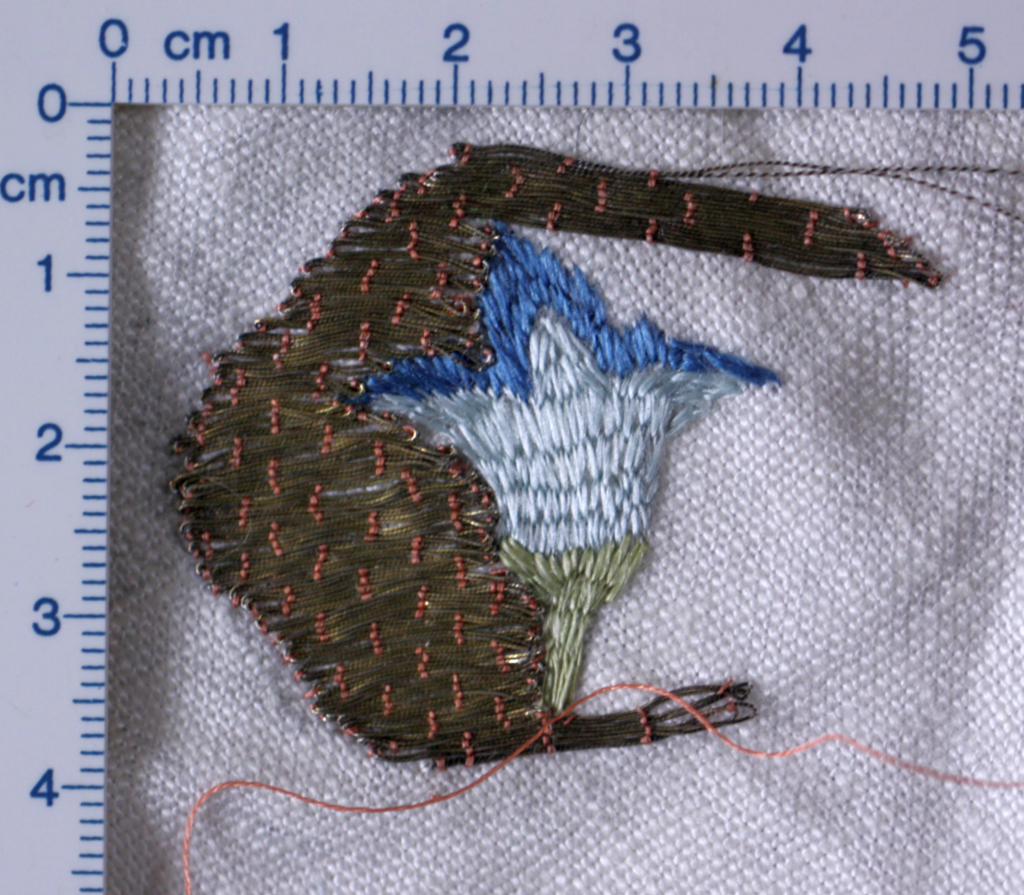
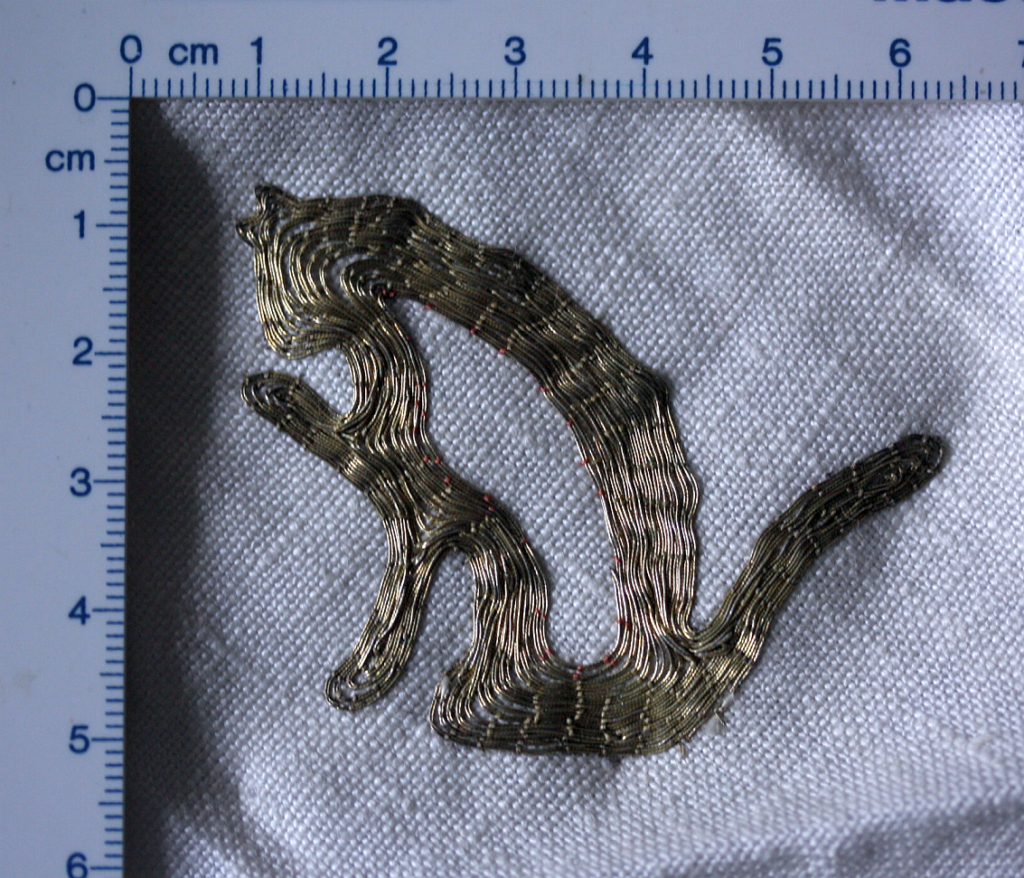 This is how much ground you can cover with 5 m of gold thread.
This is how much ground you can cover with 5 m of gold thread.